Have you ever tried Base Jumping? Well, Engr. Elpie Paras will soon introduce the Philippines’ first tethered basejump simulator – DROPZONE!.
Taken from his facebook account, Engr. Paras announced the newest adventure …”Rip the cord and drop from our 120-foot steel tower in complete safety..extreme adrenalin rush at its best…It’s like skydiving from 12 storeys high and swoop within inches of the man-made lagoon at Dahilayan Adventure Park”
Usually, BASE Jumping is an activity that employs an initially packed parachute to jump from fixed objects, as with paragliding. Actually, B.A.S.E. is an acronym that stands for four categories of fixed objects from which one can jump: buildings, antennae, spans (bridges), and earth (cliffs).
But what you’ll probably see at Drop Zone is similar to the Vertigo (shown in main photo above and below) at Bodyflight UK, a world-class adrenaline-soaked entertainment facility in Bedforshire, England. Marketed as “a bungee jump without the bounce”, Vertigo is one of the tallest jumps in the UK and enables customers to free fall for two thirds of a 125ft drop before a cable gradually slows them down. Perhaps, Engr. Paras has this in mind because in Bodyflight, the Vertigo goes with the Swoop which is a 200-meter zipwire. So there you go, Vertigo and Swoop becomes DropZone at ZipZone at Dahilayan.
The differences between Drop Zone and Vertigo? Drop Zone is 120 feet (Vertigo is 125 feet); base jump from Steel Tower (Drop Zone); base jump from Building(Vertigo).Looks scary? But just like the zip…you’ll probably beg for more once you’ve tried it. We’ll wait for the official announcement from Dahilayan Adventure Park.
If you’re adventure crazy…visit Northern Mindanao
Dahilayan Gardens and Resort located at Manolo Fortich, Bukidnon isn’t just an ideal venue for weddings, pre-nuptial photo shoots, seminars and other functions. It now has more outdoor activities available to offer the public.
Among the new amenities are jet boating, water balling, tilapia fishing and horseback riding. The place is also a wonderful place to enjoy nature, away from the bustling city life. Jet boating is done at the man-made 6-foot deep lagoon shown below.
The jet boat is battery-operated similar to a jetski. A 10-minute ride will cost you P200.
In water balling, a large inflatable ball allows you to “walk on water” for a fee of P100 per 5 min.
If you love fishing, there are lots of tilapia at the lagoon. A fishing fee of P100 is charged per person. If you want to bring your catch home, a P60/kg tilapia fee is charged. In case you want to have it grilled by the resort staff, there is a P40/kg grilling fee.
Lastly, horseback riding is also available. The resort has a trail where a single round on horseback will cost you P100.
Not only that, the resort will soon have camping grounds, a restaurant, a picnic area, hiking trail, a view deck, and a natural pool.
See Related Articles!

Whether this city’s name comes from the Malayo-Polynesian word ag (water) or from the ancient local word karayan (river), locals takes pride in having Cagayan de Oro River or as some would describe it, river of gold. And indeed, even centuries after early gold mining activities in the area by Spanish explorers, the river continues to provide livelihood to the communities where it flows.
Whitewater rafting, for instance, started here as a hobby for a group of outdoor sports enthusiasts. This pastime for adventure seekers now directly employs hundreds and provides income indirectly to probably a thousand more. Among the pioneers in this hobby-turned-business enterprise is Rupert M. Domingo of the Cagayan de Oro Whitewater Rafting Adventure that initially organized group trips to popularize this activity.
Consequently, it grew into a thriving business attracting other entrepreneurs before being aggressively promoted by the government’s Tourism department. Having the distinction of being the pioneer rafting outfitter in the city, the Cagayan de Oro Whitewater Rafting Adventure, now known as Rafting Adventure Philippines (RAP), targeted a bigger market. Its leaders, who eventually became investors, painstakingly surveyed the river and perfected the taming of the wild rapids in the river’s head waters.
RAP started with only a couple of rafts and one guide. Today, it rents out 22 rafts with 30 guides and paddlers. It holds certifications from the International Rafting Federation for safety and river handling techniques as well as from the Philippine National Red Cross on the application of first-aid and cardiopulmonary resuscitation.
Business was good for years until two years ago when rogue Moro rebel units attacked civilian communities in nearby Lanao del Norte, less than two hours away from this city. Tourists arriving in Northern Mindanao dropped significantly and with it, the number of whitewater rafting guests even as new outfitters opened businesses in the city. “I don’t worry too much because we already have a name in the rafting industry,” Mr. Domingo said. “We are not new to this situation anymore.”
The industry has been recovering since last year, although actual figures in number of guests as well as revenues were unavailable. Unaffected by the drought that caused problems on the island’s power supply and agriculture in the first six months of the year, the whitewater rafting industry did well with its peak season running from December to May. Another entrepreneur from a relatively newer whitewater rafting firm said that even as the rapids may not be as strong as the normal runs during the dry spell, the river never really slacks.
“Our well-trained guides know how to maneuver the rafts so that even if there are few rapids, they make sure they’ll hit the big and exciting drops,” said Roldan Kaamiño, owner of Kagay Whitewater Rafting. “Guests would get bored without those exciting plunges,” he said.
Kagay, like the bigger groups into this business, also actively takes part in the protection of the river even as some of its river guides used to be into illegal logging. Part of its briefing before trips is an orientation on the rivers in Lanao provinces and in Bukidnon that all connect to the Cagayan de Oro River.
“We document illegal cutting of trees if we chance on these and send reports to the DENR [Department of Environment and Natural Resources] and the local media,” said Mr. Kaamiño.
The age-old adage that “water is life” has gone beyond its traditional meaning in this city notwithstanding previous experiences where flash floods destroyed houses built along the banks of Cagayan de Oro river.
With six rafting outfitters registered with the City Tourism Office, whitewater rafting is a source of income for many families. SEE RELATED POST
article by Louise G. Dumas of Business World
A growing number of Cagayanons and other domestic tourists have already visited De Oro Sagatech Resort in Bulua, just a stone’s throw away from Land Transportation Office (LTO). Aside from the swimming pool, the resort owners are also constructing the hotel component.
The site was formerly the De Oro Tropical Fruits Corp., which produced mango puree, until it was converted into a resort a few years ago. Photos below show the progress of the hotel construction. Work stopped for some time until it was resumed just a few weeks ago.
Expect the resort to be booked in summer. Admittance fee is P40 per head. Children below 11 years old are charged P25 per head.
There was no info as to when will the hotel be operational. But surely, it will be open to the public soon…

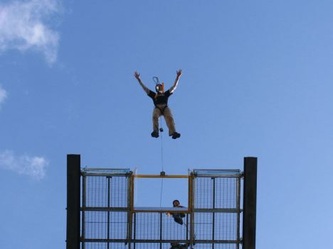
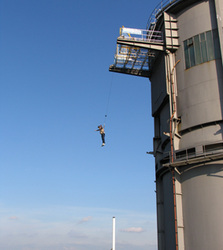
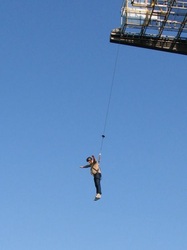



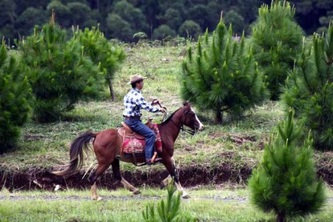
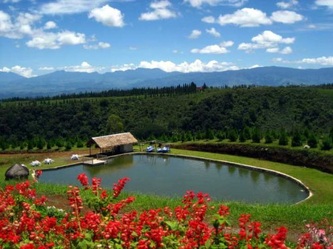
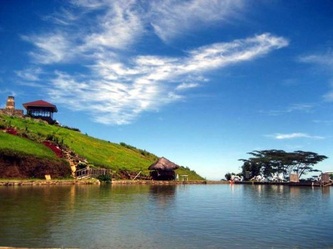
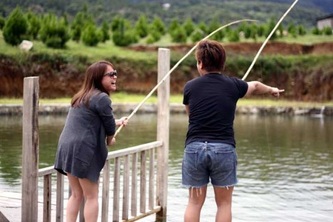


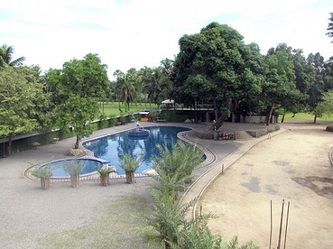
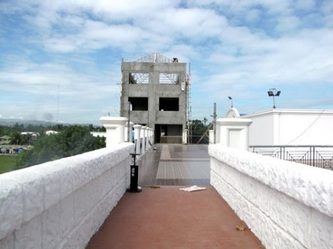
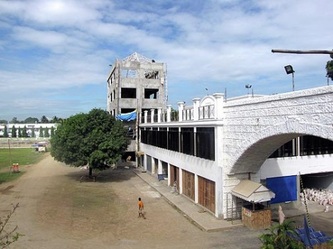
 RSS Feed
RSS Feed